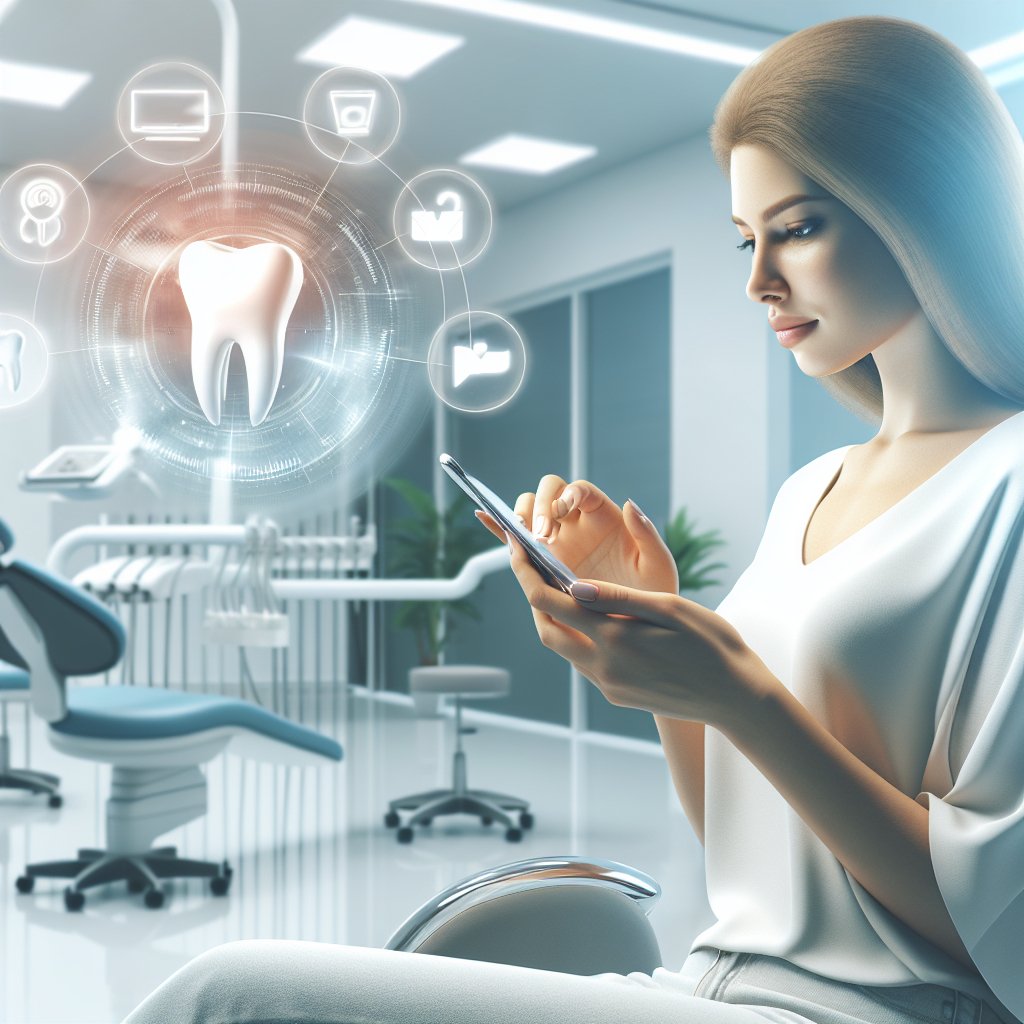The COVID-19 pandemic has significantly transformed various sectors, and dentistry is no exception. The necessity for enhanced safety measures and the demand for more efficient patient care have led to a rapid adoption of digital technologies in dental practices. This article explores how the pandemic has accelerated the integration of digital dentistry, the benefits it brings to both practitioners and patients, and the future implications for the dental industry.
The Shift to Digital Dentistry
Before the pandemic, many dental practices were already beginning to incorporate digital tools, but the pace of adoption was relatively slow. Traditional methods dominated the field, with many practitioners relying on manual processes for diagnostics, treatment planning, and patient management. However, the onset of COVID-19 forced dental professionals to rethink their approaches to patient care.
As dental offices faced closures and restrictions, the need for remote consultations and efficient patient management systems became apparent. Tele-dentistry emerged as a viable solution, allowing dentists to conduct virtual consultations, assess patient needs, and provide guidance without the need for in-person visits. This shift not only ensured continuity of care but also minimized the risk of virus transmission.
Tele-Dentistry: A New Era of Patient Interaction
Tele-dentistry has revolutionized the way dental professionals interact with their patients. By utilizing video conferencing tools and secure messaging platforms, dentists can now evaluate patients’ oral health from the comfort of their homes. This approach has several advantages:
- Increased Accessibility: Patients in remote areas or those with mobility issues can access dental care without the need to travel.
- Time Efficiency: Virtual consultations reduce waiting times and allow for more flexible scheduling.
- Enhanced Patient Engagement: Patients are more likely to engage in their oral health when they can easily communicate with their dentist.
Moreover, tele-dentistry has proven beneficial for follow-up appointments, allowing dentists to monitor patients’ progress and address any concerns without requiring an office visit. This has not only improved patient satisfaction but also optimized the workflow within dental practices.
Digital Tools and Technologies in Dentistry
The pandemic has accelerated the adoption of various digital tools that enhance the efficiency and accuracy of dental procedures. These technologies include 3D imaging, CAD/CAM systems, and digital patient records, all of which contribute to improved patient outcomes and streamlined practice management.
3D Imaging and Diagnostics
3D imaging technology has transformed the way dentists diagnose and plan treatments. Traditional X-rays provide limited information, whereas 3D imaging offers a comprehensive view of a patient’s oral anatomy. This technology allows for:
- Enhanced Accuracy: Dentists can identify issues that may not be visible in 2D images, leading to more accurate diagnoses.
- Better Treatment Planning: With detailed 3D models, dentists can create personalized treatment plans tailored to each patient’s unique anatomy.
- Improved Patient Communication: Visual aids help patients understand their conditions and treatment options, fostering informed decision-making.
CAD/CAM Systems: Revolutionizing Restorative Dentistry
Computer-Aided Design and Computer-Aided Manufacturing (CAD/CAM) systems have also gained traction during the pandemic. These systems allow dentists to design and fabricate dental restorations, such as crowns and bridges, in-house. The benefits of CAD/CAM technology include:
- Time Savings: Traditional methods often require multiple appointments; CAD/CAM allows for same-day restorations, reducing the overall treatment time.
- Increased Precision: Digital impressions eliminate the discomfort of traditional molds and provide highly accurate measurements for restorations.
- Cost Efficiency: By streamlining the process, practices can reduce laboratory costs and pass savings on to patients.
Digital Patient Records and Management Systems
The transition to digital patient records has also been accelerated by the pandemic. Electronic Health Records (EHR) systems enable dental practices to manage patient information more efficiently. Key advantages include:
- Improved Data Accessibility: Dentists can access patient records from anywhere, facilitating better collaboration and continuity of care.
- Enhanced Security: Digital records are often more secure than paper files, reducing the risk of data breaches.
- Streamlined Administrative Processes: Automated appointment reminders and billing processes save time and reduce administrative burdens.
The Future of Digital Dentistry
The rapid adoption of digital dentistry during the COVID-19 pandemic has set the stage for a more innovative and efficient future in dental care. As technology continues to evolve, we can expect further advancements that will enhance patient experiences and improve clinical outcomes.
Integration of Artificial Intelligence
One of the most promising developments on the horizon is the integration of artificial intelligence (AI) in dental practices. AI can assist in various aspects of dentistry, including:
- Diagnostic Support: AI algorithms can analyze imaging data to identify potential issues, aiding dentists in making more accurate diagnoses.
- Predictive Analytics: By analyzing patient data, AI can help predict future dental issues, allowing for proactive care.
- Personalized Treatment Plans: AI can assist in creating tailored treatment plans based on individual patient data and preferences.
Emphasis on Patient-Centric Care
The shift towards digital dentistry has also highlighted the importance of patient-centric care. As practices adopt new technologies, there is a growing emphasis on enhancing the patient experience. This includes:
- Improved Communication: Digital tools facilitate better communication between dentists and patients, ensuring that patients are well-informed and engaged in their care.
- Convenience: Online appointment scheduling, tele-dentistry, and digital payment options make accessing dental care more convenient for patients.
- Personalized Experiences: Digital tools allow for more personalized interactions, catering to individual patient needs and preferences.
Conclusion
The COVID-19 pandemic has undeniably accelerated the adoption of digital dentistry, transforming the way dental professionals deliver care. From tele-dentistry to advanced imaging technologies, the integration of digital tools has improved patient outcomes and streamlined practice management. As the dental industry continues to evolve, the focus on innovation and patient-centric care will shape the future of dentistry, ensuring that patients receive the highest quality of care in a safe and efficient manner.




